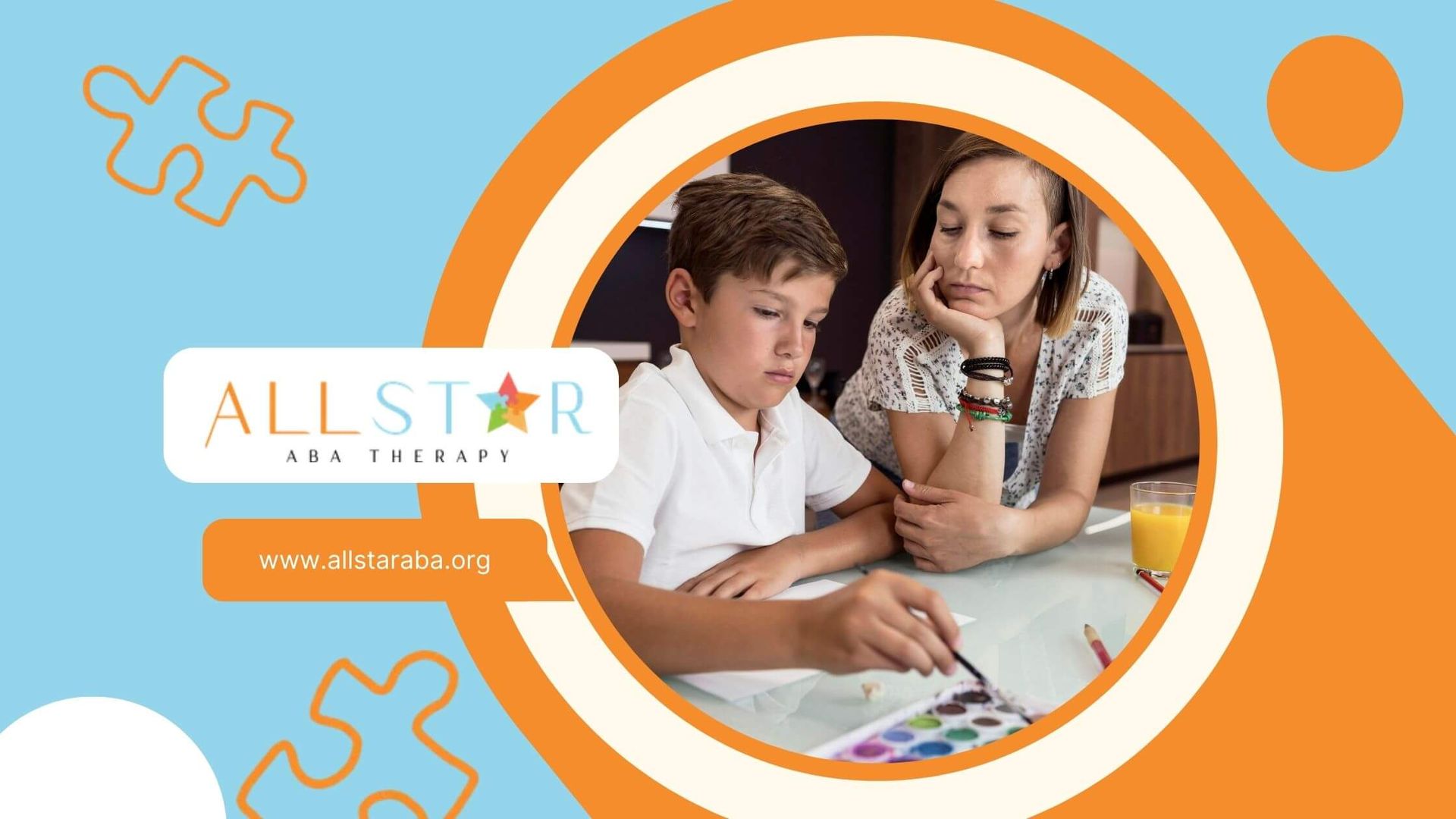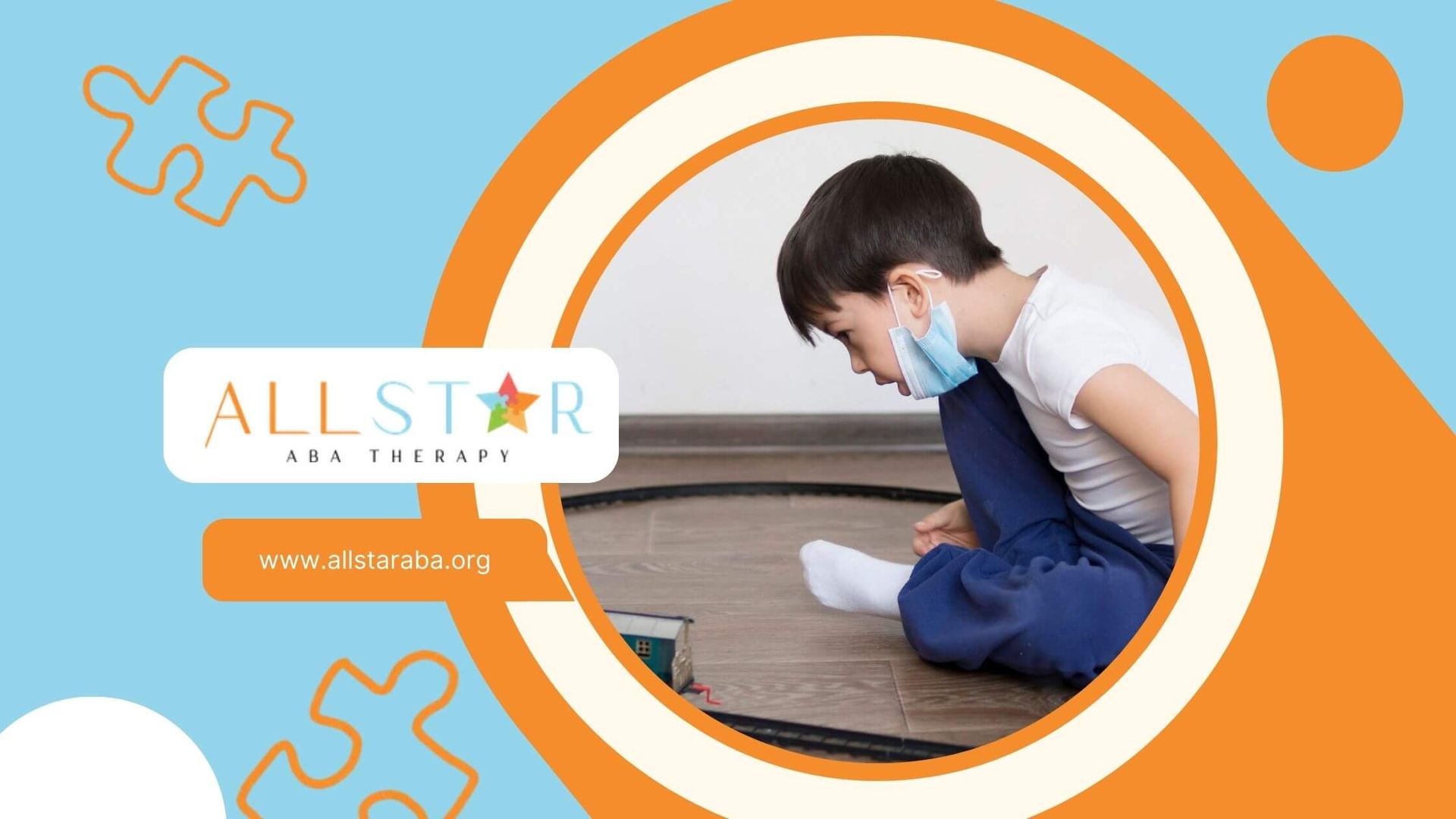New Paragraph
How Parents Can Support In-Home ABA Therapy
Applied Behavior Analysis (ABA) therapy is a powerful tool for supporting children with Autism Spectrum Disorder (ASD). In-home ABA therapy offers the unique advantage of being conducted in a familiar environment, allowing parents to play a crucial role in their child's therapy. This blog will explore what parents do during in-home ABA therapy, providing insights and practical tips for families in Maryland.
The Role of Parents in In-Home ABA Therapy
Parents are integral to the success of in-home ABA therapy. Their involvement helps reinforce the skills and behaviors taught during therapy sessions, ensuring consistency and promoting generalization.
Active Participation in Therapy Sessions
During in-home ABA therapy, parents are encouraged to actively participate in the sessions. This involvement allows them to learn the techniques and strategies used by the therapist, which they can then apply throughout their daily routines.
Observing and Learning
One of the primary roles of parents during in-home ABA therapy is to observe and learn from the therapist. By watching the therapist interact with their child, parents can gain a better understanding of the methods and practices that are effective in promoting positive behaviors and skill development.
Implementing Techniques
Parents are often asked to implement the techniques they have learned during therapy sessions. This might include prompting their child to use communication skills, reinforcing positive behaviors, or guiding them through daily routines. Consistent implementation helps the child apply what they have learned in different contexts.
Providing Feedback and Collaborating with the Therapist
Effective communication between parents and therapists is essential for the success of in-home ABA therapy. Parents provide valuable feedback about their child's progress and any challenges they may be facing.
Sharing Insights
Parents know their child best and can offer insights into their child's preferences, strengths, and areas of difficulty. Sharing this information with the therapist helps tailor the therapy to meet the child's unique needs.
Collaborating on Goals
Therapists and parents work together to set and adjust goals for the child. This collaboration ensures that the therapy is aligned with the family's priorities and that progress is regularly monitored and evaluated.
Creating a Supportive Environment
Parents play a crucial role in creating a supportive and structured environmentthat reinforces the goals of ABA therapy.
Establishing Routines
Consistent routines provide a sense of predictability and security for children with ASD. Parents can work with the therapist to establish and maintain routines that support the child's learning and development.
Reinforcing Positive Behaviors
Positive reinforcement is a key component of ABA therapy. Parents can reinforce positive behaviors by offering praise, rewards, or other incentives when their child demonstrates desired behaviors. This reinforcement helps motivate the child and encourages continued progress.
Providing Emotional Support
In-home ABA therapy can be challenging for both the child and the parents. Providing emotional support is essential for maintaining a positive and encouraging atmosphere.
Celebrating Achievements
Recognizing and celebrating the child's achievements, no matter how small, boosts their confidence and motivation. Parents can create a positive atmosphere by celebrating progress and milestones.
Being Patient and Understanding
ABA therapy requires time and patience. Parents need to be understanding and supportive, acknowledging that progress may be gradual and that setbacks are a normal part of the learning process.
Conclusion
Parents play a vital role in the success of in-home ABA therapy. Their active participation, collaboration with therapists, and commitment to creating a supportive environment are crucial for promoting positive outcomes.
For families in Maryland, understanding and embracing this role can make a significant difference in their child's progress. At All Star ABA, we are dedicated to providing expert guidance and support to help your child thrive.
Contact us today to learn more about our services and how we can assist your family on this journey.
FAQs
Do parents need special training to participate in ABA therapy?
No special training is required for parents to participate in ABA therapy. Therapists provide guidance and support to help parents learn and implement the techniques effectively.
How much time do parents need to dedicate to ABA therapy?
The time commitment varies depending on the child's needs and the therapy plan. Parents are encouraged to integrate ABA techniques into daily routines, which helps reinforce learning without requiring additional time.
Can other family members participate in ABA therapy?
Yes, involving other family members can be beneficial. Siblings, grandparents, and other caregivers can support the child's progress by using consistent techniques and reinforcement strategies.
Need Support?
We're Here to Help!
Our experienced team is ready to assist you. Reach out today to discuss how we can support your child's development and well-being.
Get started with expert ABA therapy today.








